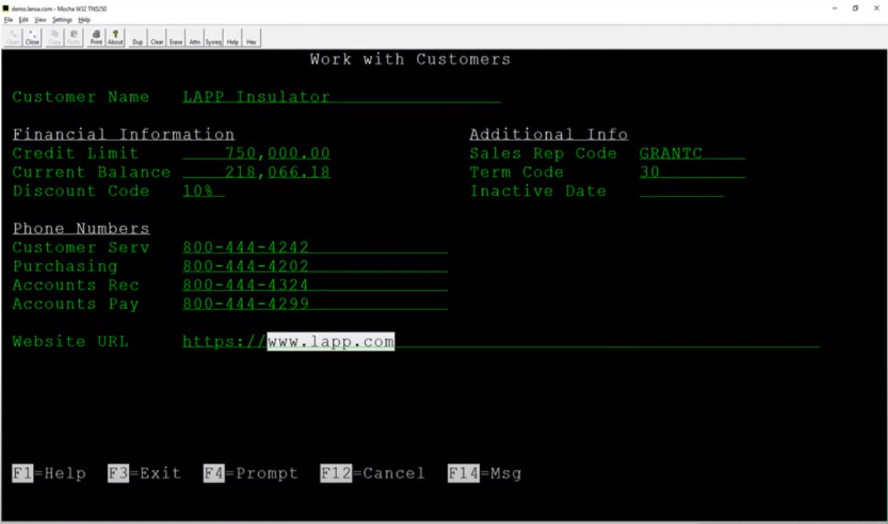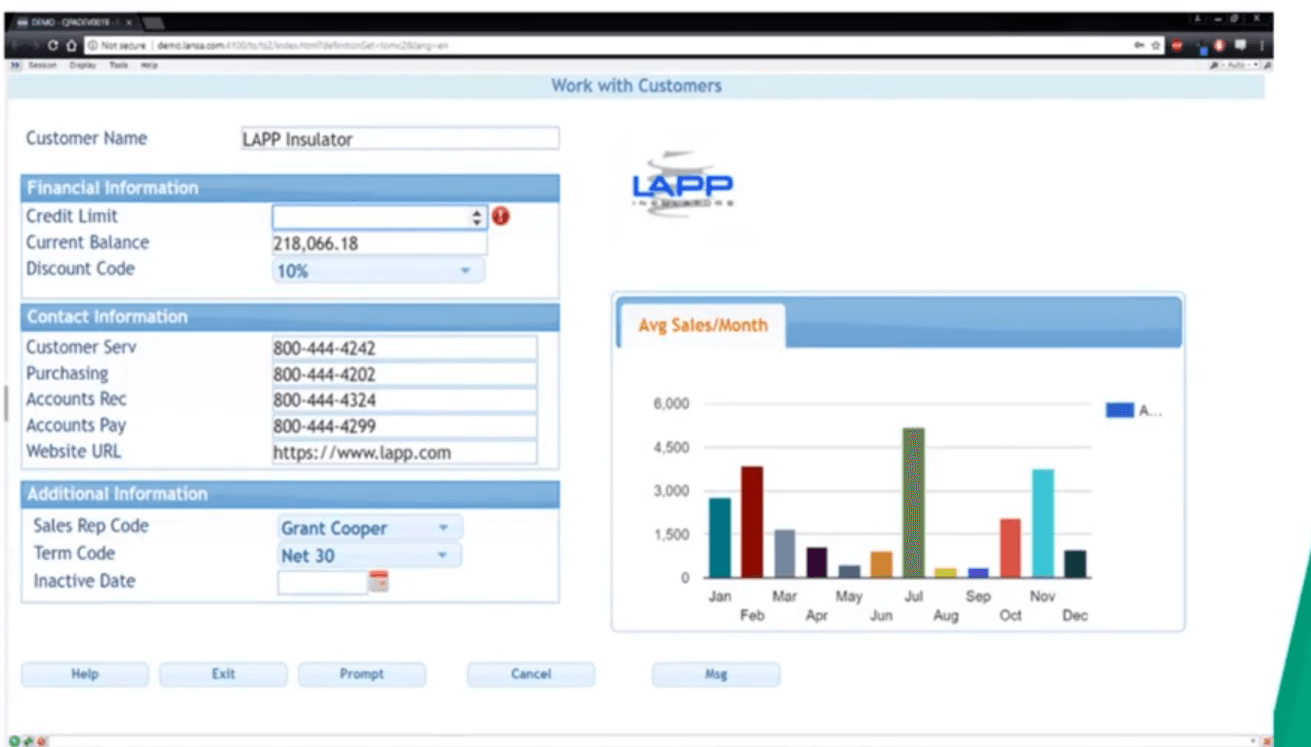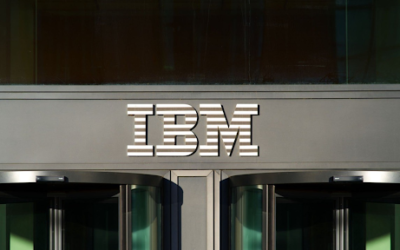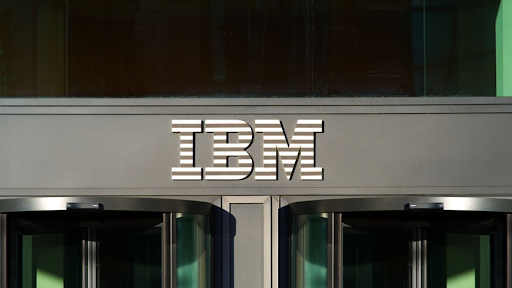Rapidly changing market conditions and the need for continuous innovation is the new reality for businesses in today’s economy. Another reality, however, is that adapting to these through legacy application development may take longer than you think. This is because the modernization process can be tedious and sequential. As a result, many organizations find themselves in a game of catch-up as they try to meet evolving customer needs.
A new software development paradigm
Thankfully, low code modernization is changing the software development paradigm. Businesses do not need to follow the waterfall model in their modernization initiatives. They do not need the services of many new programming language experts. Nor do they need to invest months or years in development. Instead, low-code tools offer drag and drop interfaces that allow employees (citizen developers) to create powerful solutions regardless of whether or not they have vast coding expertise.
As a result of low code platforms, businesses can increase productivity and speed up product delivery. They can relieve the workload on their IT departments. End-users who understand your company’s business processes can develop their own solutions, thereby reducing manual internal processes.
For example, in a recent TechRepublic survey, 71% of the respondents who already use low code tools say they use them to automate workflows, create new applications, speed up development time, automate data collection, and reduce the burden on developers. When also asked about the benefits of using low code, the majority chose “increased productivity”
To get the most productivity out of low-code modernization, you must first choose the low code toolset that’s the right fit for your modernization needs. You need a toolset that not only speeds up application development but simplifies even more technical processes. No matter how fully packed your toolset is, however, to unlock its full potential you must employ it effectively.
This means:
- Identifying potential low-code modernization opportunities.
- Partnering with the right low code development platform. One with a proven track record of providing tailored strategies unique to clients’ modernization needs.
How Can I Identify Low-Code Modernization Opportunities?
To gain the most productivity from low-code you need to empower end-users or employees with the tools to create or improve business solutions. Most importantly, however, you need to do it without increasing your IT workload. IT must remain free to focus on more technically demanding tasks. Your job is to identify these opportunities within your business.
It is also important to note that your areas of modernization are specific to your organization. No two companies have the same needs. Because modernizing certain processes worked for another organization doesn’t that approach is right for you.
Find out how your organization can use Portalize for low-code IBM creations.
How Do I Find The Right Low-Code Partner?
While low code modernization is a worthy endeavor, it requires the right vision and the right partners. Low-code platforms can be divided into two categories: model-based and language-based. Both platforms provide great benefits for rapid application development. Both provide a quick way to start developing applications. They provide a quick and easy starting point that you can further enhance with additional platform options. They are very different, however.
After the initial application creation and quick starting point, model- and language-based low-code platforms start to differentiate themselves. Both approaches use similar theories but differ vastly in how they allow the application to be completed.
Take a look at the challenges that come with both a traditional and low-code IBM web app in this guide.
Language-based low code
Language-based low code, allows developers to write code in a low-code solution. This is one of the most powerful application-creation processes available to developers today. It combines the benefits of low code’s quick application creation process with the benefits of traditional programming’s ability to solve complex integrations and problems. This means your developers can be more effective and efficient.
To get the most productivity out of low code modernization you need a partner that offers language-based low code application development. One who understands your business, as well as your short- and long-term goals. Your partner must take a holistic approach to software and process, and possess a proven track record of delivering a tailored strategy unique to your company. Be sure to have your partner connect you with other like-minded customers with similar needs and provide a working proof of concept as part of your evaluation. Your ideal partner will base its success on the success of your modernization project.
How Can LANSA Help You Maximize Productivity?
Ask IBM about any of the most frequently asked questions about IBM i modernization and learn more about how your organization can run on progressive apps successfully through LANSA.
Visual LANSA
Visual LANSA is a language-based low-code solution. In fact, one could make a case that it is the first enterprise-ready low code solution. It combines the flexibility and control of traditional programming with the benefits and concepts of low-code principles. Using the Visual LANSA platform, you can stay inside the IDE to create a solution for all your complex processes and custom integration needs. A developer can learn one language and start creating enterprise applications at speed with low code.
Increased Flexibility
Using the programming language inside the IDE gives LANSA greater flexibility. The same programming language can be used for server-side and client-side applications and objects. In traditional coding, a developer may use PHP as the server-side language and a combination of Javascript and HTML/CSS for the client-side. Similarly, In model-based low-code, a developer might create the client-side portion in the low-code IDE. Then, they would have to code a separate, external connector depending on how complex the data retrieval is. With Visual LANSA, however, they code the entire application in one IDE using one language. Visual LANSA really is a single, one language platform for creating any application. It doesn’t matter whether you’re deploying to mobile, the web, a server, or locally.
Increased Productivity
Visual LANSA increases the speed of the application-creation process over traditional coding. It automatically creating lines of code simply by having you answer a few questions. Your answers to those questions let Visual LANSA automatically create a server module or reusable part any other application can reference. So not only do your developers have to write less code, but they can create programs, functions, and modules that can be reused in other applications. Visual LANSA even uses the same process to create entire enterprise frameworks and web applications. It really is that simple, you answer a few questions and the platform creates your structure and layout for you. By using Visual LANSA, your developers can write up to 10x fewer lines of code compared to traditional coding. Moreover, they retain the ability to code complex solutions if they need them. That is something other low-code platforms simply cannot do.
Future Proof
As web technology changes and new, more efficient programming languages come into use, Visual LANSA applications will remain unaffected. Visual LANSA separates the coding language from the underlying technology that runs the applications. In essence, Visual LANSA can easily keep up with web technology without ever having an impact on your developers. The code for how a Visual LANSA application runs on the web can change, but the underlying code that executes the processes and logic remains unaffected. This design model ensures that Visual LANSA is future-proof and eases any fears that Visual LANSA applications will be outdated years down the road.
Visual LANSA can be a cloud-based solution, but you can also install it on-premises. It doesn’t matter if it is on a Windows server or IBM i. In fact, Visual LANSA is the only low-code solution that can be installed locally on an IBM i. With the flexibility to install Visual LANSA in-house and run applications locally, you never have to worry about losing cloud service should a platform fold or stop being supported. Visual LANSA ensures that your applications will run well into the future without worry.
aXes
aXes is another unique LANSA solution that converts 5250 applications to web pages on the fly. No programming skills are required, and you certainly don’t need access to the source code. You simply install aXes on the IBM i, and your employees have secure access to their 5250 applications from any web-enabled device, including phones and tablets. What’s more, your end users generally don’t need to install anything on their devices. The work is all done on the IBM i. aXes is a simple but powerful solution for accelerating your IBM i digital transformation.
One of the benefits of leveraging aXes is the luxury of scaling. If you need to add mobile capabilities to your IBM i applications, you can do just that and add other functionalities as time allows.
Let’s look at a quick illustration of the evolution from 5250 green screens to a web-enabled UI with aXes.
Here’s a basic green screen
And here’s the same screen, albeit web-enabled with aXes. Using aXes functionalities, this took minutes to convert.
Rapid Application Modernization Process (RAMP)
RAMP is an incremental modernization approach that implements the best of refacing existing applications and new development.
By consolidating existing functionality with new capabilities inside RAMP’s application framework, you get to have the applications you want without having to throw everything away.
Here, modernization is performed in stages, you can introduce new functionality incrementally without serious impact to business operations, and the user interface becomes consistent across all of the applications.
This solution is an application framework deployable as a Windows desktop or web browser application. The framework allows you to assemble applications from components built with RPG, Visual LANSA, Visual C#, .NET, HTML pages, and many more into a single application. You can even add in your aXes applications. This flexibility makes RAMP the perfect tool for combining applications created for short-term needs with applications created or being created for long-term goals.
RAMP allows users to sign into a single application and access all the apps they need to work remotely successfully. But this is not just a solution for our current situation. Combining commonly used applications into one framework is a great way to increase employee efficiency and productivity.
What did LANSA Present At COMMON POWERUp 2021?
The two LANSA presentations during this year’s COMMON POWERUp 2021 virtual conference were by LANSA’s Andrew Vaiciunas and Grant Cooper. The presentations aimed to empower developers with over a dozen approaches to modernizing your IBM i applications. From user interface enhancements to including low code development on the IBM i.
Are You Ready To Increase Productivity?
Low-code modernization in itself is powerful. However, to maximize productivity you need the two steps listed in this article.
- Identifying potential low-code modernization opportunities, and
- Partnering with the right low code development platform. One with a proven track record of providing tailored strategies unique to clients’ modernization needs.
With LANSA’s modernization solutions, you can maximize time, be increasingly productive, and stay a step ahead of your competition.
Let’s look at how the IBM community has helped grow and nurture independent communities in this article about IBM Champions 2022.
Ready to get started maximizing your productivity through low-code? Contact us!





























